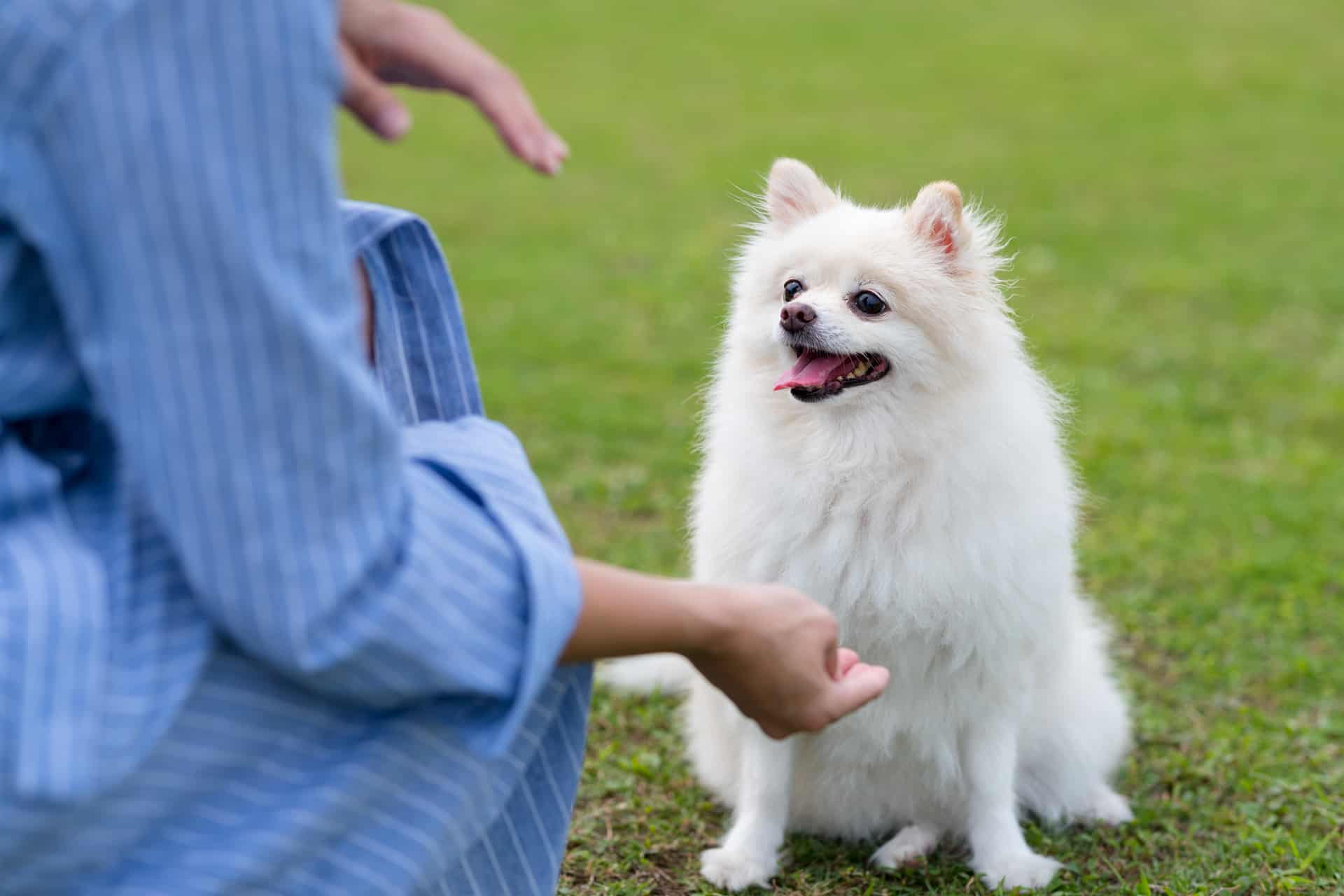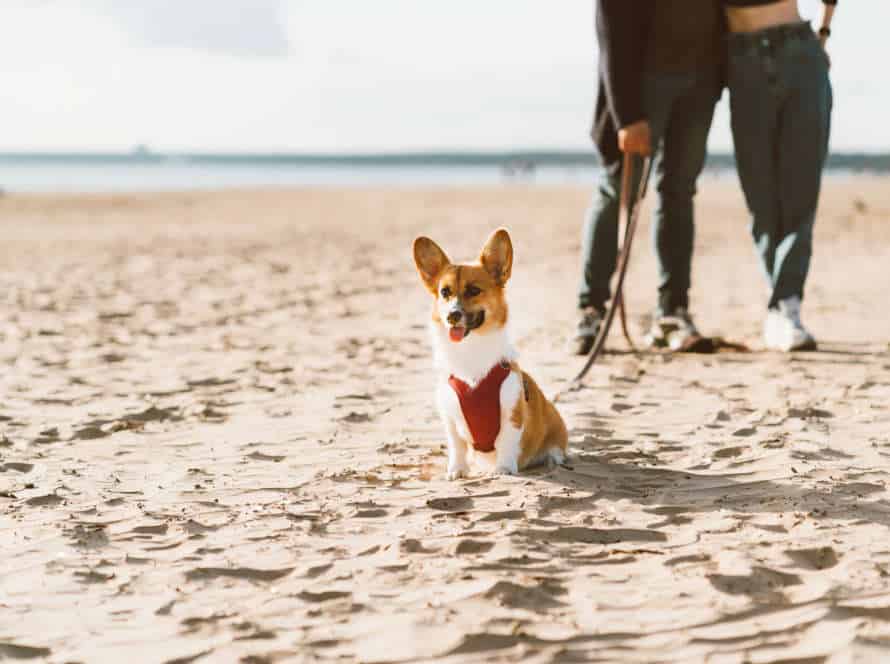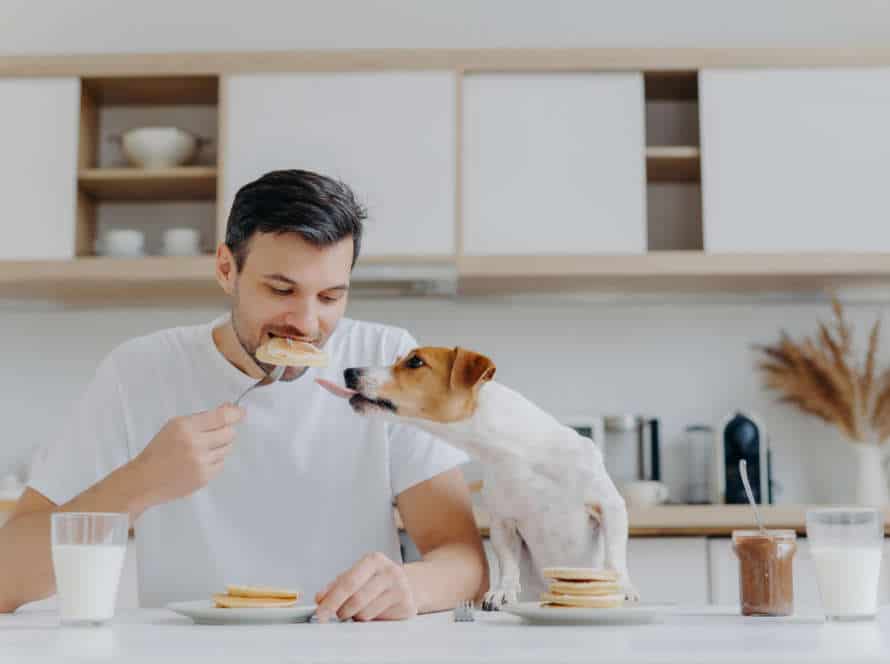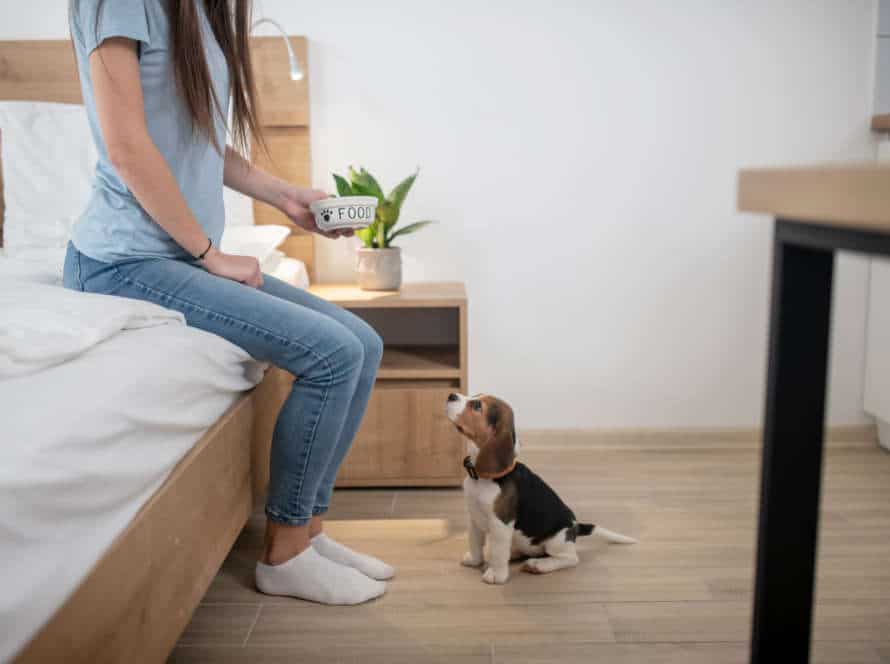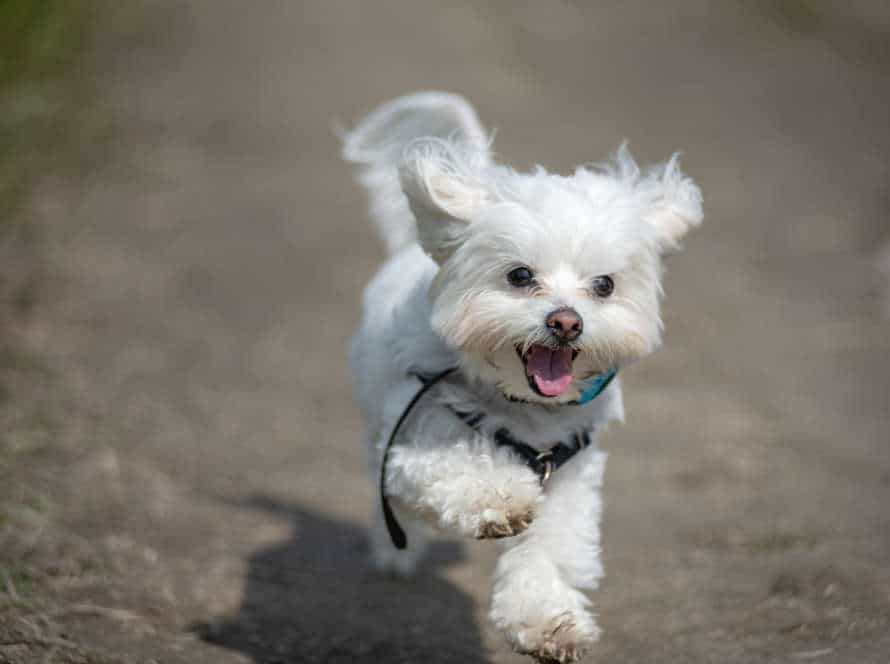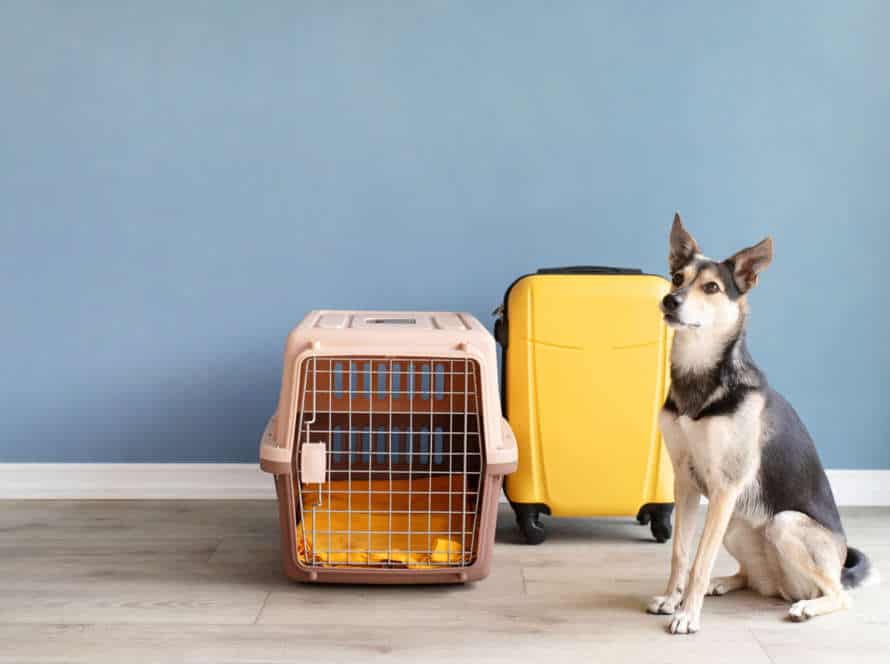Reinforcing the Leave It Command in Different Situations and Environments
“Leave it” is essential for your pup! It can help keep them safe from harmful stuff, other dogs, and cars.
For reinforcement, here are some tips:
- Train at home, on walks, and at the park.
- Reward with treats when they obey.
- Gradually add distractions like new smells and sounds.
- Be consistent and follow through with consequences.
Consistent training will give your dog the “leave it” command in any situation, keeping them safe and well-behaved!
Practical Applications of the Leave It Command
“Leave It”! A great tool for dog owners. Keep pup away from dangerous stuff. Must be reinforced. This article chats about the practical uses of “Leave It” command in different places. Life-saving!
Leave It for Food
The “Leave It” command in dog training is vital for avoiding destructive actions, bad eating habits, and hazardous circumstances. To teach this, you must show a pup to resist the temptation of an item or food, regardless of if it’s offered to them. Here are some ways to reinforce the “Leave It” command:
- Indoors: Use special treats to practice the command. Gradually make it tougher by adding objects in the vicinity.
- Outdoors: Train your pup to “Leave It” outside by introducing distractions like people, other pets, or intriguing smells like trash.
- In an Emergency: The “Leave It” command can save your dog’s life in a crisis. Such as getting them to leave something hazardous while on a walk. Practicing this frequently can help them overcome their craving and take action quickly.
Reinforcing the “Leave It” command in different scenarios and settings will help teach dogs to obey and eventually prevent making dangerous choices.
Leave It for Objects
“Leave It” is a helpful command that dog owners use to train their pup. Here are some uses:
- Food: Use the command to stop your pup eating something they shouldn’t, like human food or what they find on the ground.
- Toys: Use it to keep them from touching their toys until the OK is given.
- People: Teach them not to jump on people, even strangers.
Practice the command in various places and scenarios, like when off-leash or when there are distractions. Give them a reward when they obey to encourage good behaviour.
Leave It for People or Animals
The Leave It command is a powerful tool! It teaches your pet or animal to let go of what they’re holding or fixated on. This command can be used in various scenarios to encourage good behavior.
Specifically, the Leave It command can be used to:
- Stop chewing on items like shoes or furniture
- Not eat food from strangers
- Stay away from dangerous objects, like broken glass
- Let go of the leash or drop objects on command
- Reduce stress when encountering unfamiliar situations
To reinforce the Leave It command, you must be consistent and keep repeating it. With practice, it’ll become a great tool for keeping your pet safe and well-behaved.
Pro tip: Use treats and praise when your pet follows the Leave It command – it’ll make it more enjoyable for both of you!
Communicating Clearly with the Leave It Command
Communication between you and your four-legged pal is a two-way path. It’s key that you both get the Leave It Command in various scenarios and places. Teaching Leave It is an awesome way to assist your pup in gaining self-control and understanding your desires. Here, we’ll chat about the different methods of reinforcing the Leave It command.
Verbal Cues for Leave It
The “leave it” command is necessary for pup parents to avoid expensive and dangerous issues. However, it’s not always simple to comprehend and obey. Verbal cues can make a big difference in strengthening the “leave it” command in varying scenarios and conditions. Here are some ideas on how to communicate with your pooch:
- Start basic training in a low-distraction space.
- Speak firmly and clearly when saying the “leave it” command.
- Increase distractions gradually as the dog follows orders more dependably.
- Use visual cues, like pointing or a hand sign, to back up the verbal command.
- Be consistent with commands and rewards.
- As the pup improves, practice in different locations and with varying distractions to affirm the command in all conditions.
By having good communication and consistency, your pooch will learn to leave anything on command.
Visual Cues to Reinforce Leave It
Reinforcing “leave it” can be hard. But, using visual cues helps. Hand signals, like raising one hand to “stop” when your pup nears something off-limits. Or facial expressions, like a stern look and a firm “leave it”. You can also use toys or treats as a distraction. Also, make sure your pet gets enough physical and mental stimulation to lessen misbehaving. Be consistent, praise and reward regularly. That’s key to reinforcing any command.
Practice Training for Leave It in Different Environments
Training your pet with the “Leave It” command in various places is important. Here are tips to help you:
- Begin in a tranquil spot and slowly add more distractions.
- Reward them with yummy treats, and make sure they’re hungry during training.
- Test the command with different items, smells, noises, and even other animals.
- When your pet listens to “Leave It” indoors, start taking the training outdoors.
- Consistency and patience are key. Plus, end on a good note with lots of praise and treats!
Common Challenges and Troubleshooting for Leave It Command
Teaching your pup the ‘Leave It’ command can be very beneficial for good behaviour. But it may be difficult for the owner. You can face some challenges and use certain techniques to fix them. Let’s find out the best way to use the leave it command in different environments and scenarios.
Dog’s Repeated Disobedience
A misbehaving pup can be a real frustration for pet owners – particularly when they ignore the ‘Leave It’ command. But, with reinforcement, this challenge can be conquered in many instances.
Here are some common issues and solutions for the ‘Leave It’ command:
- Challenge: Dog ignores the command.
Solution: Make the reward or treat more valuable to make ‘Leave It’ more tempting for the pup. - Challenge: Dog only listens in one situation.
Solution: Make it more difficult and practice the command in various environments with distractions which imitate real life. - Challenge: Dog has a strong hunting instinct.
Solution: Work with a professional trainer to make the pup less sensitive to the particular stimulus and steadily increase the difficulty.
With patience and regular reinforcement, you can teach your dog to obey the ‘Leave It’ command in any situation. Tip: Use this command sparingly and just if necessary, so the pup doesn’t get used to it.
Tailoring the Leave It Command for Specific Needs
The “Leave It” command can be personalized to tackle particular behavior issues and scenarios for your pup. Here are some frequent challenges and troubleshooting tips to reinforce the Leave It command in different settings.
For food guarding: Begin by teaching your pup to abandon food or treats that aren’t theirs. Give treats and praise when they do. As they get more reliable in not taking these items, slowly introduce their own food with the Leave It command. Provide them with their own food when they leave it.
For outdoor interruptions: Exercise in a regulated outdoor area with distractions such as squirrels, birds, or people. Use a long leash. Approach the distraction, use the Leave It command, and give a treat when they respond positively.
For object guarding: Utilize a toy or item that your pup likes but has little attachment to. Educate them to drop it, then add the Leave It command, and reward when they effectively leave the item without touching it.
Always stay patient, consistent, and bit by bit up the difficulty in different spots.
Ensuring Correct Incentives for the Leave It Command
“Leave It” is a must-know command for every pup. But it can be tough to reinforce in various scenarios, so you need the right rewards. Here are some common challenges and solutions.
Challenge: Distractions
- Gradually make it harder and practice in different places.
- Use yummy treats or toys as rewards.
Challenge: Dog’s more interested in the item
- Get the item for a better treat.
- Teach a “Drop It” command and pair with “Leave It”.
Challenge: Dog’s too anxious or aggressive
- Start in a quiet area and move to more exciting ones.
- Ask a trainer for behavior modification techniques.
Remember, it’s all about having a positive connection and giving the right incentives.
Pro tip: Be consistent. Make sure everyone in the house uses the same techniques for “Leave It”.
Frequently Asked Questions
Q: How do I reinforce the “leave it” command in different environments?
A: Start by practicing in a calm, controlled environment and gradually increase difficulty by introducing distractions or changing locations.
Q: What are some common situations where reinforcing “leave it” is important?
A: When encountering food, other animals, or dangerous items, reinforcing the “leave it” command can prevent potential harm to your pet or others.
Q: Is it possible to reinforce “leave it” in group settings or around other animals?
A: Yes, socialization is key to reinforcing any command. It’s important to expose your pet to different animals and people in a positive, controlled manner.
Q: Can I use positive reinforcement to reinforce “leave it”?
A: Yes, using treats, toys, or other positive reinforcements can help your pet understand that following the “leave it” command will lead to a reward.
Q: How long does it usually take for my pet to fully understand and follow the “leave it” command?
A: It varies depending on the pet and their level of training, but consistency and patience are key. It’s important to reinforce the command frequently and reward good behavior.
Q: What should I do if my pet still doesn’t listen to the “leave it” command?
A: Consider seeking help from a professional trainer who can assess your pet’s behavior and provide personalized guidance.

